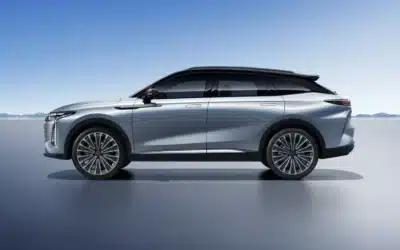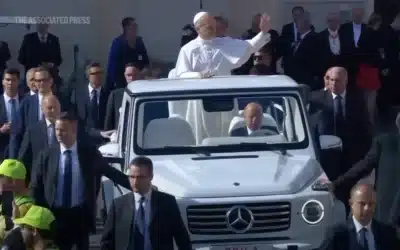While floods induced by climate change have ravaged countries across the world this year, there’s a different deluge in Dubai: thousands of climate experts, government leaders, businesses and investors preparing for two weeks of intense discussions at the emirate’s Expo City at COP28, this year’s UN global climate conference.
Setting the scene will be the publication of the first Global Stocktake, which looks at how nations are doing in meeting the climate targets set at the Paris climate conference in 2015. It shows that we are not on track to meet these targets, which committed nations to keep average temperature rises to “well below 2C” from pre-industrial times. Indeed, on current projections, we are on course for average temperature increases of 2.4C-2.7C above pre-industrial levels by 2100.
The stocktake will increase pressure on governments to agree to meaningful solutions to cut greenhouse gas emissions and highlight where we need to act. Governments will have to agree a global response to the report’s key findings and its recommendations for further action.
A number of key themes are set to dominate the summit, including the need to rapidly increase the amount of renewable energy and electric vehicles, and to cut emissions from fossil fuel production and usage.
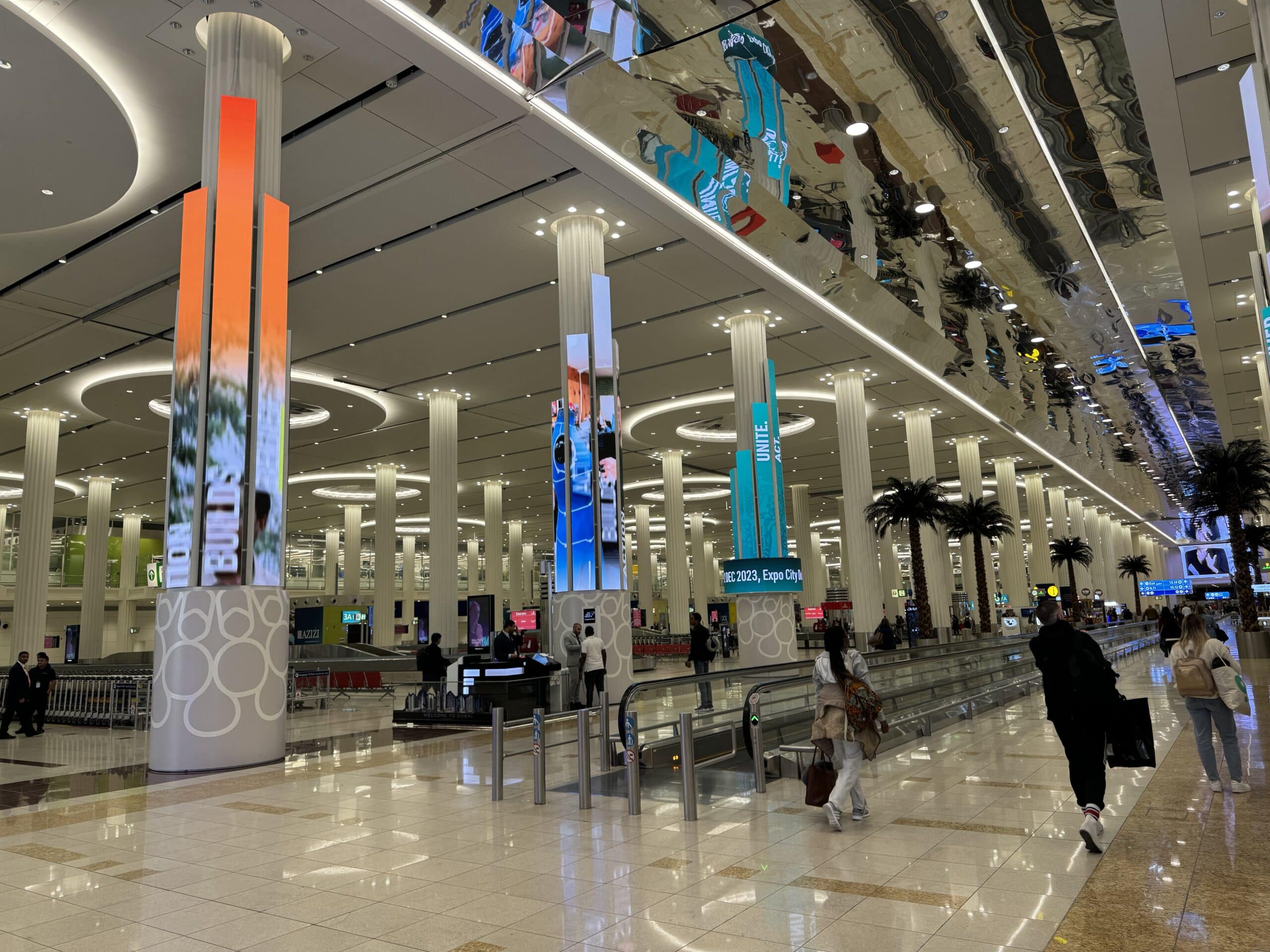
Dubai International Airport will see tens of thousands of delegates from 190 countries descend on the emirate for COP28.
COP28 president Dr Sultan Al Jaber has called on the 197 governments represented at COP28 to commit to triple the capacity of renewable technologies such as wind and solar power, and also to double the rate of energy efficiency improvements by 2030. These aims have received high-level support from bodies such as the International Energy Agency (IEA) and the International Renewable Energy Agency (IRENA), while climate talks between the world’s two biggest emitters, the US and China, also backed the renewable energy target.
These goals are likely to prove relatively uncontroversial, not least because we are already well on the way to achieving them. The growth of the electric vehicle (EV) market will help both the renewable energy capacity goal and moves to improve energy efficiency – EVs are two to four times more efficient than internal combustion engines, and their batteries can both absorb surplus renewable power when supplies are high and feed energy back into the network at times of peak demand.
In the UAE in particular, the move to electric vehicles can’t come too soon from a climate perspective. The relative lack of public transport here means that people rely more heavily on cars than in many other countries. The EV transition is set to be a major discussion topic at COP28.
There is also growing pressure on fossil fuel producers to tackle their emissions, in both the short term and the long term. In a letter to national delegations, Al Jaber wrote that “COP28 presents an opportunity to fast-track the energy transition by building the energy system of the future, while rapidly decarbonizing the energy system of today to keep 1.5°C within reach. Phasing down demand for, and supply of, all fossil fuels is inevitable and essential. Strengthened policies to achieve this goal are required.”
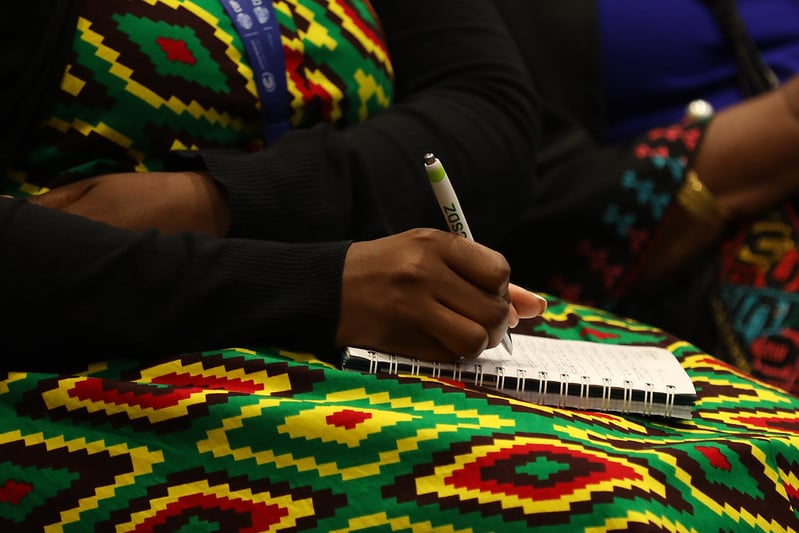
An international delegate takes notes during the pre-event technical expert dialogues. Photo by Kiara Worth, UNFCC Flickr.
One of the quickest ways to cut emissions is to tackle methane leaks. Methane is a much more powerful greenhouse gas than CO2 and the IEA has called for emissions of the gas to be cut by 75% by the end of the decade. Recent advances in satellite capabilities and digital technologies mean that it is possible to pinpoint methane leaks from space, allowing operators to fix them rapidly. Doing this in a systematic manner would have a significant impact on global emissions, would be relatively easy and would also boost the revenues of gas producers because they would have more gas to sell.
Acting on renewables, efficiency and methane alone would provide 80% of the emissions cuts needed to keep average temperature rises to 1.5C, the IEA says. It has also called for measures to ensure an “orderly decline in the use of fossil fuel”, such as banning new coal-fired power plants, and the phasing out of fossil fuels. For many people, this means ending the use of coal, oil and gas altogether, and replacing them with technologies such as renewable energy and electric vehicles. However, fossil fuel producers say that many of the emissions from these energy sources can be dealt with by technologies such as carbon capture and storage (CCS).
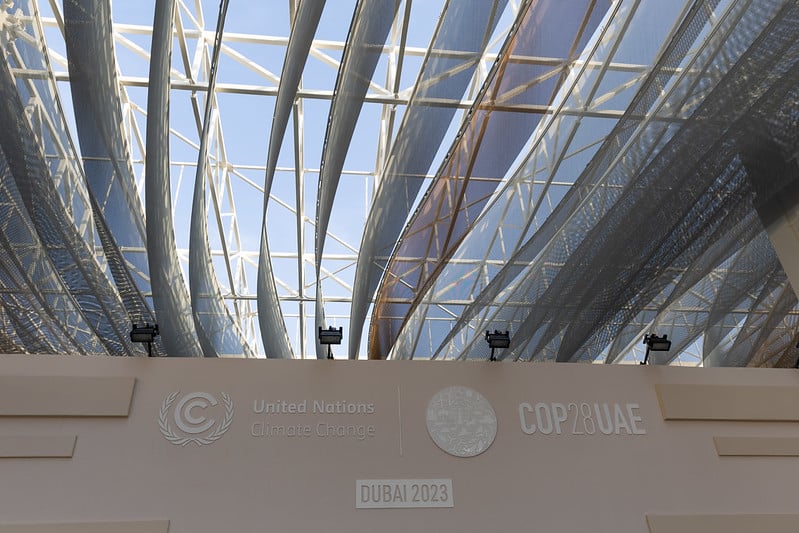
The first day of the COP28 is 30 November, although there are already pre-events doing much of the preparatory work for the negotiators. Photo by Kiara Worth, UNFCC Flickr.
Another key focus for COP28 is the development of “innovative, large-scale financing mechanisms” to support emissions cuts in developing countries. Al Jaber says that developing nations need more than $2.4 trillion a year of investments by 2030.
This year’s conference will also see an increased focus on climate change’s impacts on human health and on global food systems. Food systems cause around a third of all human-derived greenhouse gases, with modern farming being a significant driver of biodiversity loss.
At the same time, the extreme weather events that we have seen around the world in recent years threaten the world’s ability to provide healthy diets for people. In the light of the increased frequency and severity of these weather events, COP28 will also be looking at ways to make the world more resilient to extreme weather events and other climate impacts.









